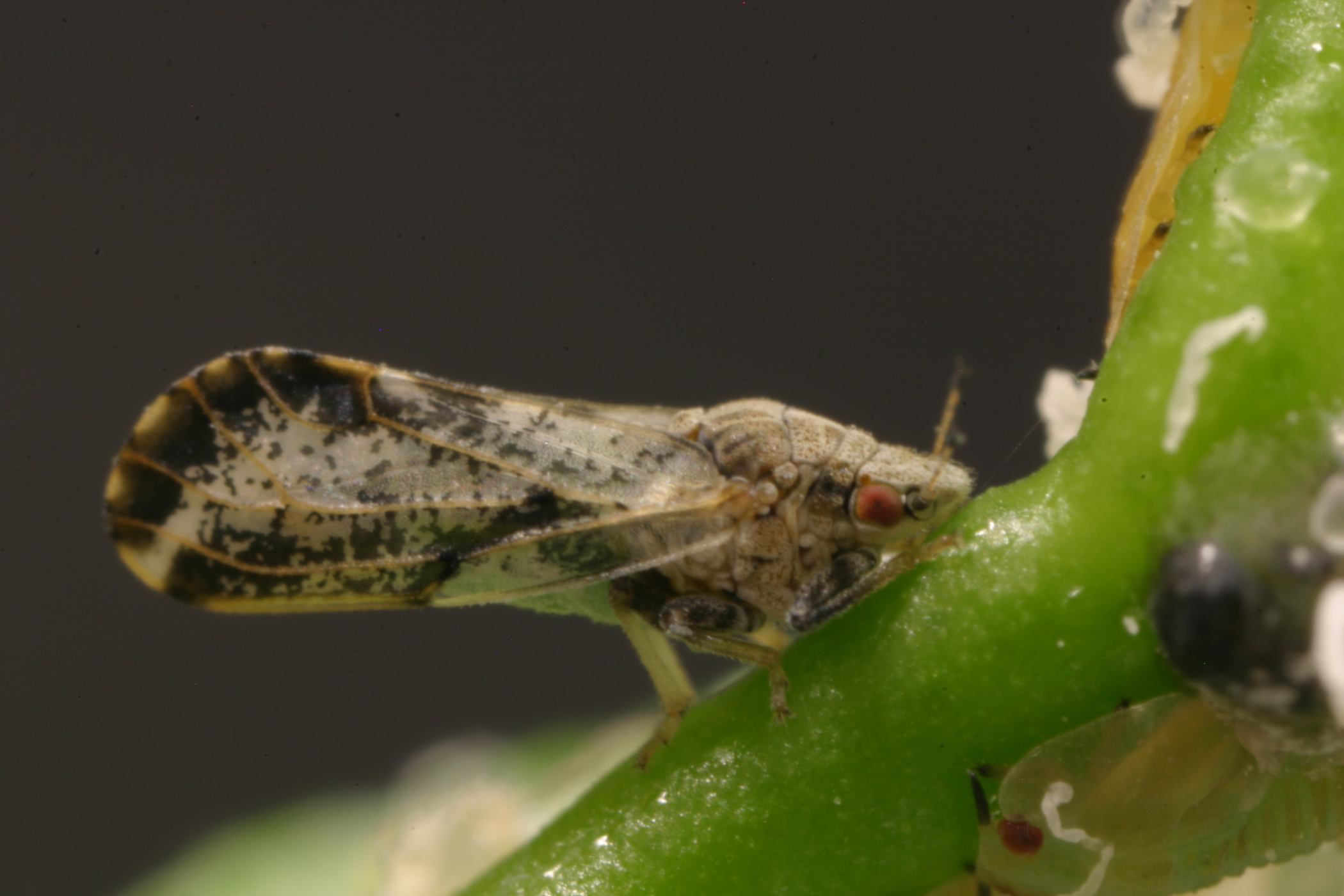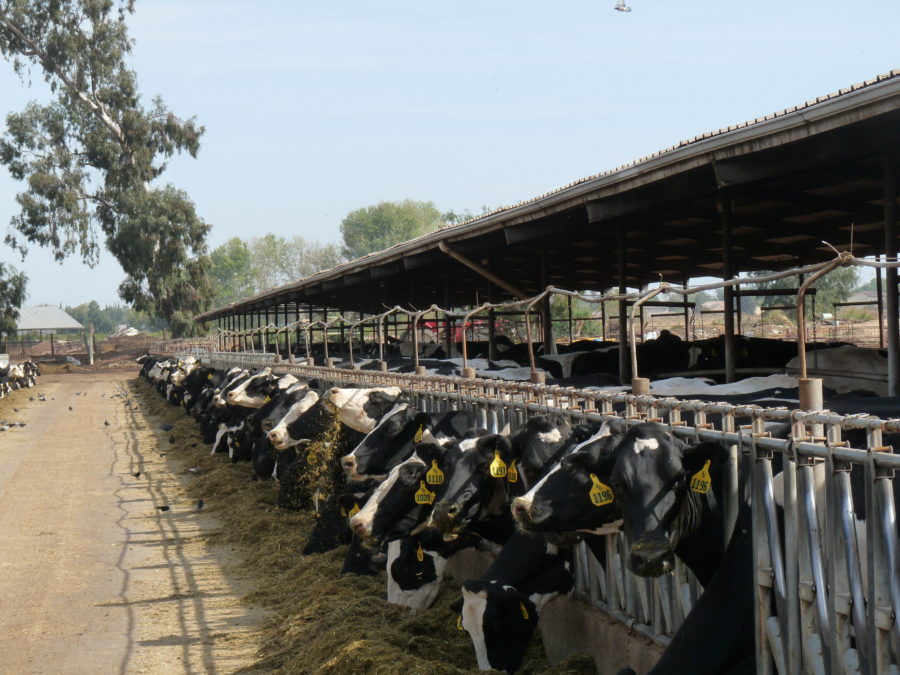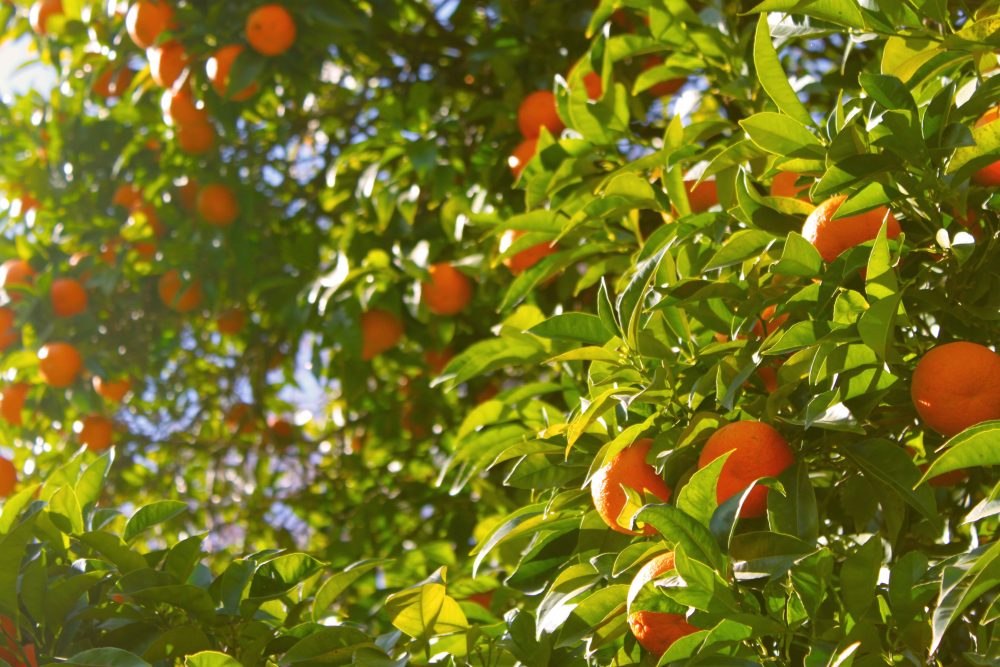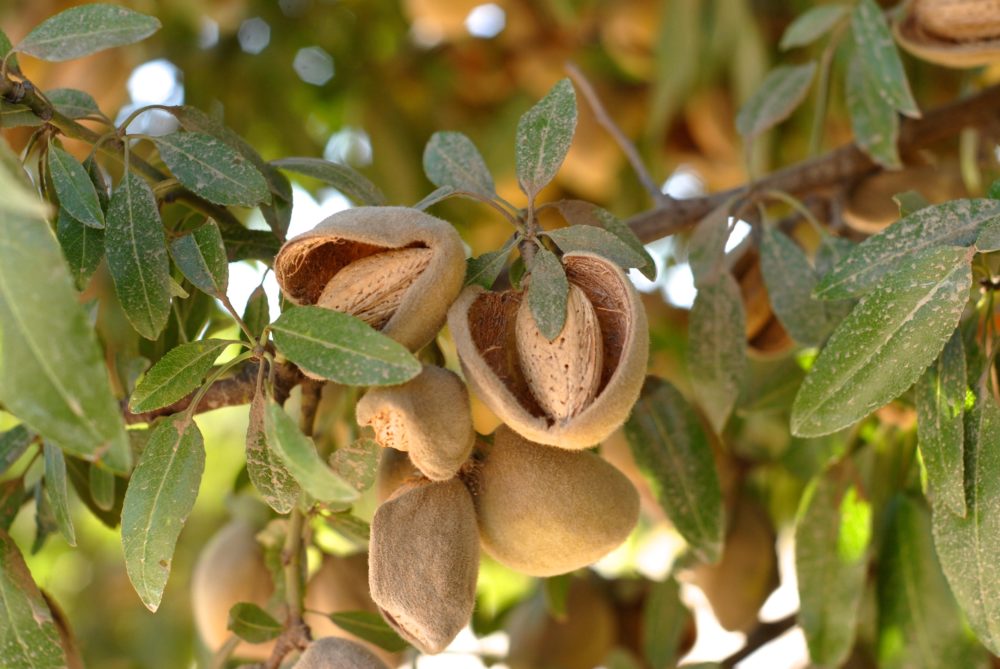Farm Bill Deal a Big Win for U.S. Citrus Growers
Agreement Provides $25 Million for ACP and HLB
News Release
Recently, leading farm bill negotiators in the House and Senate announced that they have reached an “agreement in principle” signaling that a final deal will be made before the end of the year.
Included in the initial agreement is language providing $25 million per year for 5 years for research specific to the invasive insect Asian citrus psyllid and deadly plant disease Huanglongbing (HLB).
The Emergency Citrus Disease Research and Development Trust Fund will build upon the program created in the Specialty Crop Research Initiative (SCRI) title in the 2014 Farm Bill, which dedicated research funding for citrus.
“The trust fund language is a significant win for U.S. citrus growers,” California Citrus Mutual President Joel Nelsen said. “It’s critical for the future of our industry and the domestic citrus market that we continue to invest in research aimed to find a solution for HLB.”
The Farm Bill funding specific to HLB research complements the $40 million per year program funded by California citrus growers to stop the spread of HLB, which has been detected in over 900 backyard citrus trees in Southern California. In recent years, the state of California has dedicated funds to augment ACP and HLB control efforts in urban areas, including the rearing and release of millions of beneficial insects in backyard citrus trees.
Negotiators have also agreed to maintain funding for the USDA Animal and Plant Health Inspection Service’s (APHIS) Plant Pest and Disease Management and Disaster Prevention Program and the National Clean Plant Network (NCPN). Additionally, funding will continue for the Technical Assistance for Specialty Crops (TASC) program, which helps growers overcome artificial trade barriers.
“On behalf of the California citrus industry, I want to thank the lead farm bill negotiators in both houses for their commitment to passing a Farm Bill that includes this vital funding for the U.S. citrus industry and specialty crops,” Nelsen said.



























